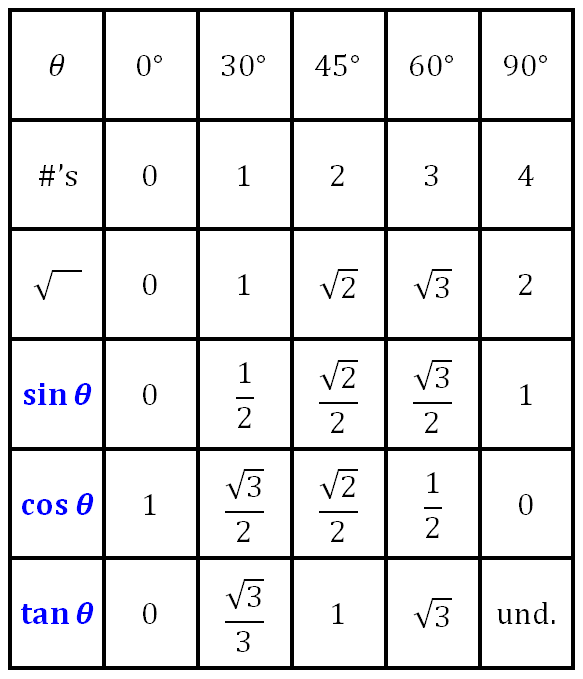HOW TO FIND THE SLOPE OF A STRAIGHT LINE
Slope is a measure that indicates how steep or shallow a straight line is:
- A line with greater slope is steeper.
- A line with less slope is shallower.
- A horizontal line has zero slope.
Slope can be positive or negative:
- A line with positive slope slants upward.
- A line with negative slope slants downward.
- A line with zero slope is horizontal.
The slope of a straight line equals rise over run.
- The rise between two points is vertical. It’s the change in y.
- The run between two points is horizontal. It’s the change in x.
TIPS FOR FINDING SLOPE
From the graph of a straight line, determine the slope as follows:
- Mark two points on the line.
- Read the x- and y-coordinates of the two points, (x1, y1) and (x2, y2).
- Subtract y2 – y1 to get the rise.
- Subtract x2 – x1 to get the run.
- Divide the rise by the run.
Here are a few tips:
- When choosing the two points, try to find points where both x and y are easy to read without interpolating. This isn’t always possible: In that case, at least one coordinate should be easy to read without interpolating.
- Choose two points far apart. This reduces the relative error in interpolating.
- Make sure that both points lie on the straight line. Don’t choose a point that’s close to the line, but doesn’t lie on it.
EXAMPLE OF HOW TO DETERMINE SLOPE
Example: Find the slope of the straight line in the graph below.
Solution: First, choose two points on the line. Ideally, these points should be far apart and easy to read.
In this case, it’s easy to read both the x- and y-coordinates for the leftmost and rightmost points shown in the graph. So let’s choose those.
- The leftmost point has coordinates (0, 3).
- The rightmost point has coordinates (10, 8).
Subtract the y-values to determine the rise:
y2 – y1 = 8 – 3 = 5
Subtract the x-values to determine the run:
x2 – x1 = 10 – 0 = 10
(In coordinate graphing, recall that x is horizontal and y is vertical.)
Divide the rise by the run to find the slope:
The slope of the line is 0.5.
Check: You can check your answer as follows.
Look at the graph. Starting from (0, 3), the next point that’s easy to read is (2, 1).
From (0, 3) to (2, 1), the line goes one unit up (vertically) and 2 units over (horizontally).
The ratio of the rise to the run is 1 to 2. Divide the rise (of 1) by the run (of 2). The slope is 0.5. ♦
CHRIS MCMULLEN, PH.D.
Copyright © 2015 Chris McMullen, author of the Improve Your Math Fluency series of math workbooks
Newest release:
- Basic Linear Graphing Skills Practice Workbook
Related books:
- Trigonometry Essentials Practice Workbook with Answers
- Learn or Review Trigonometry Essential Skills
- Algebra Essentials Practice Workbook with Answers
- Systems of Equations: Simultaneous, Substitution, Cramer’s Rule


















